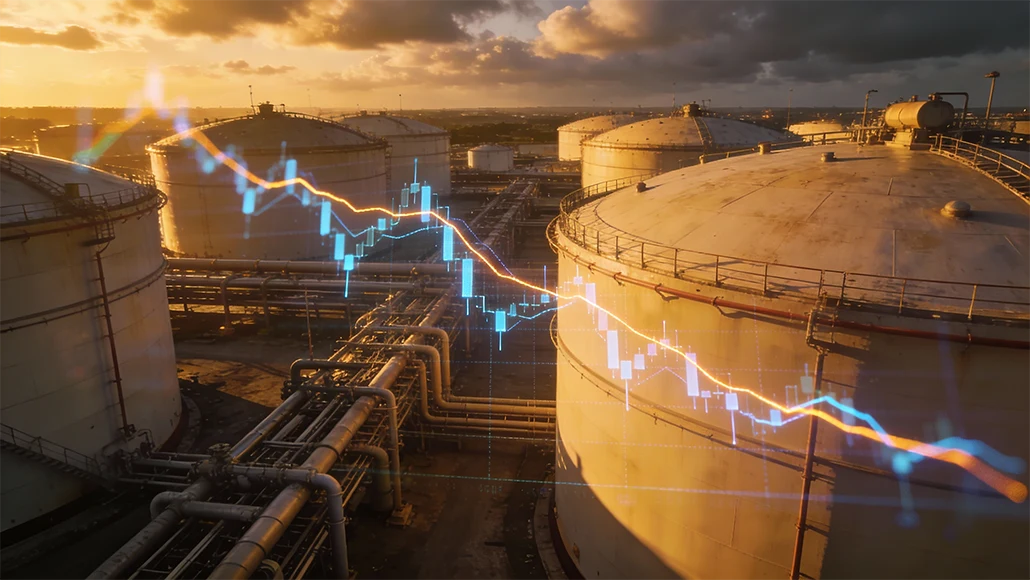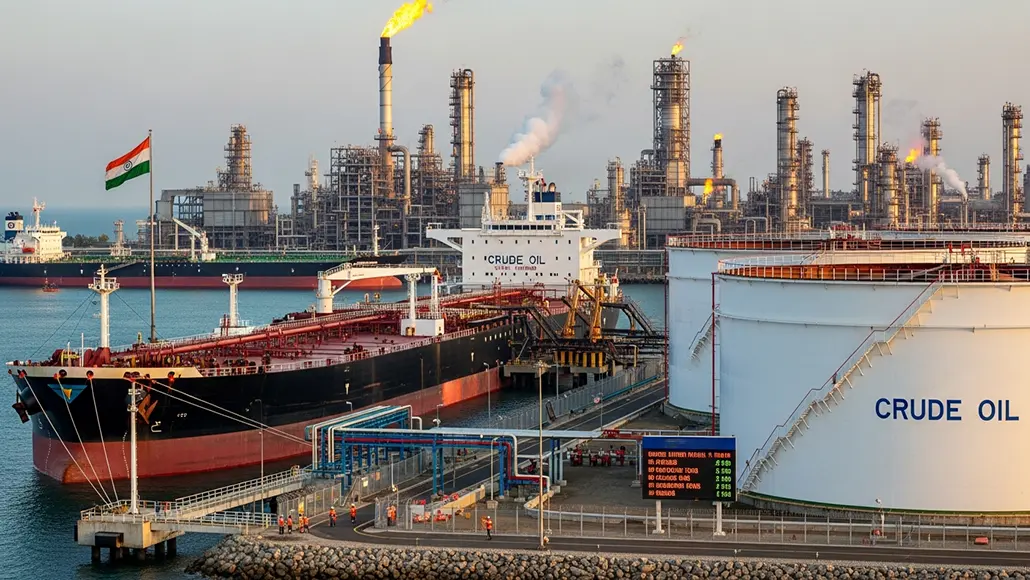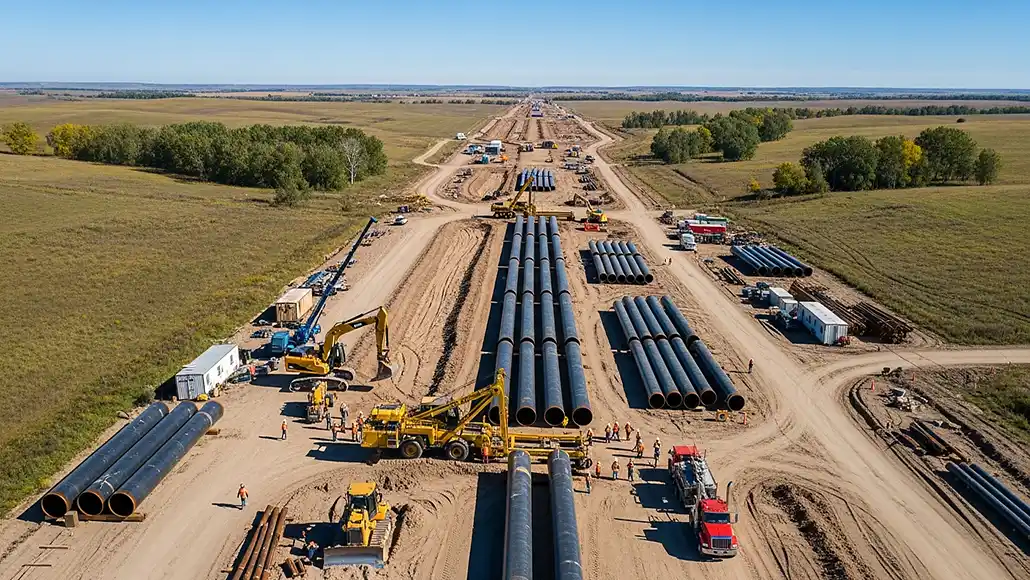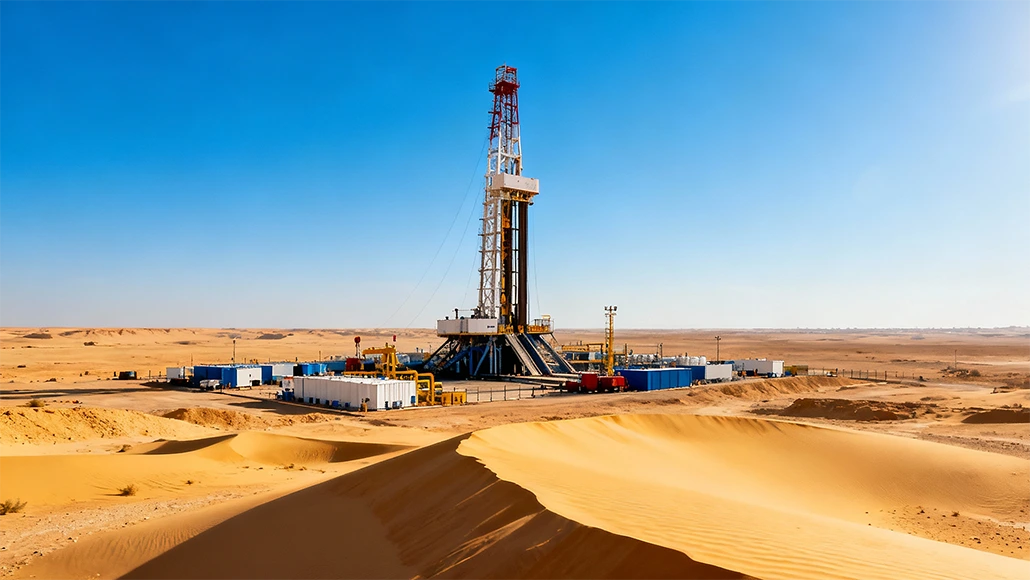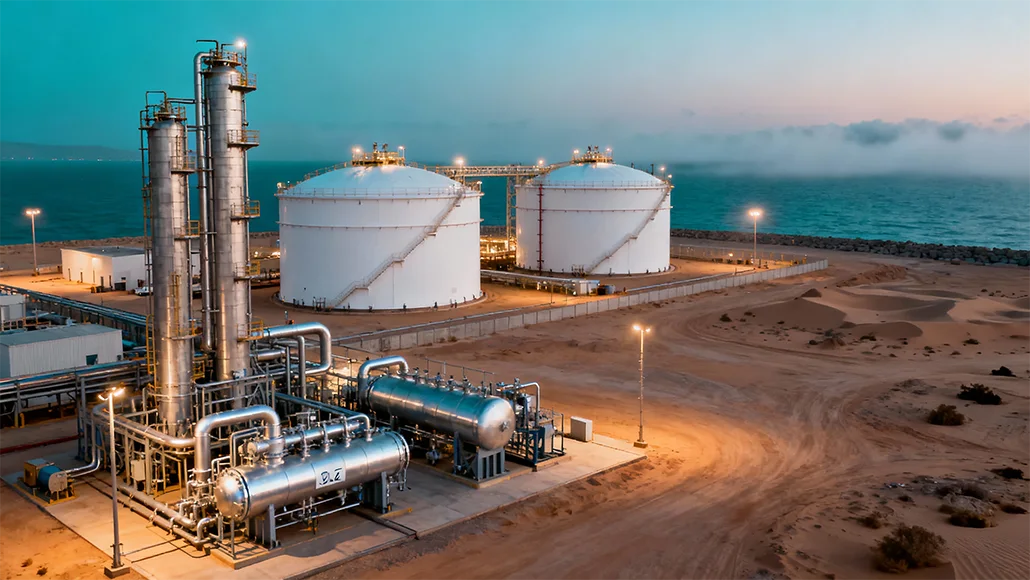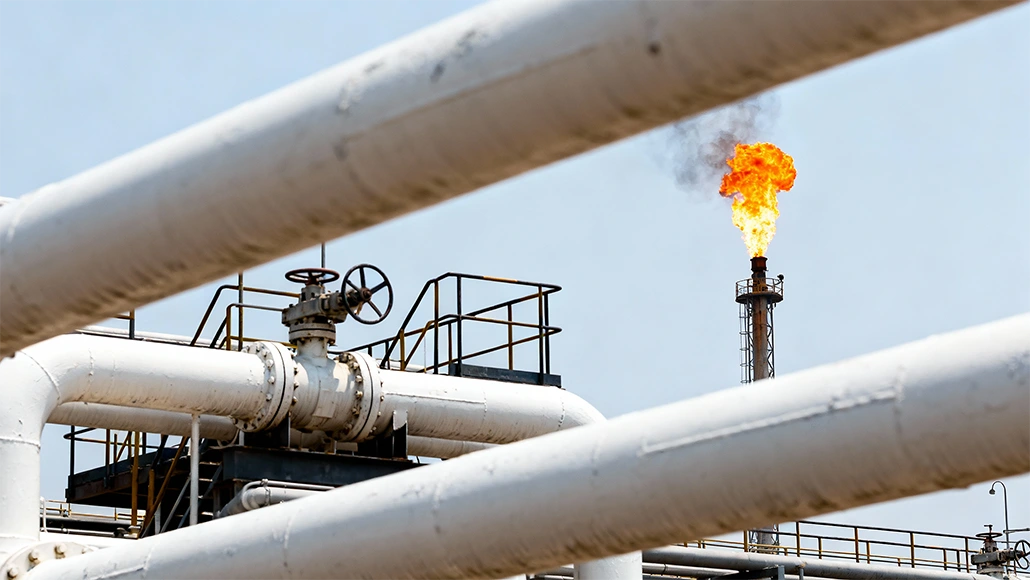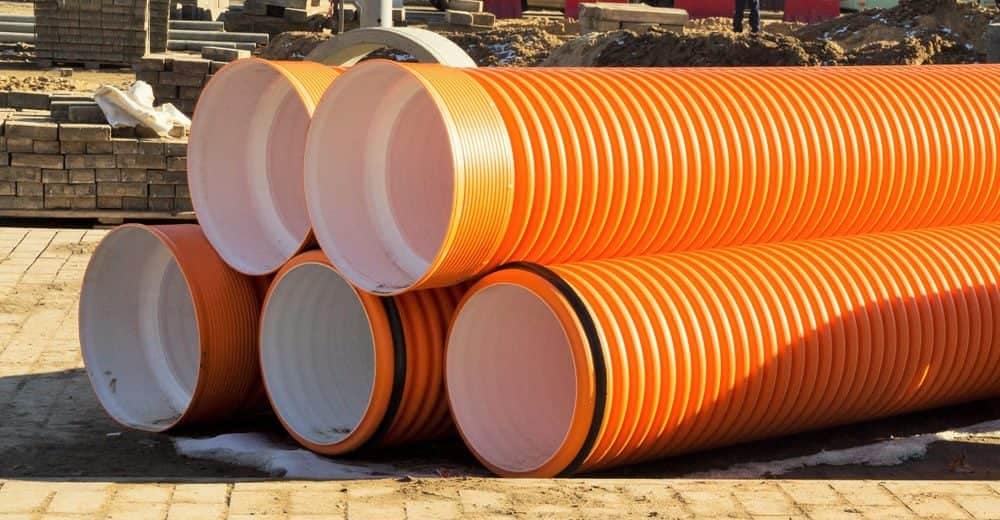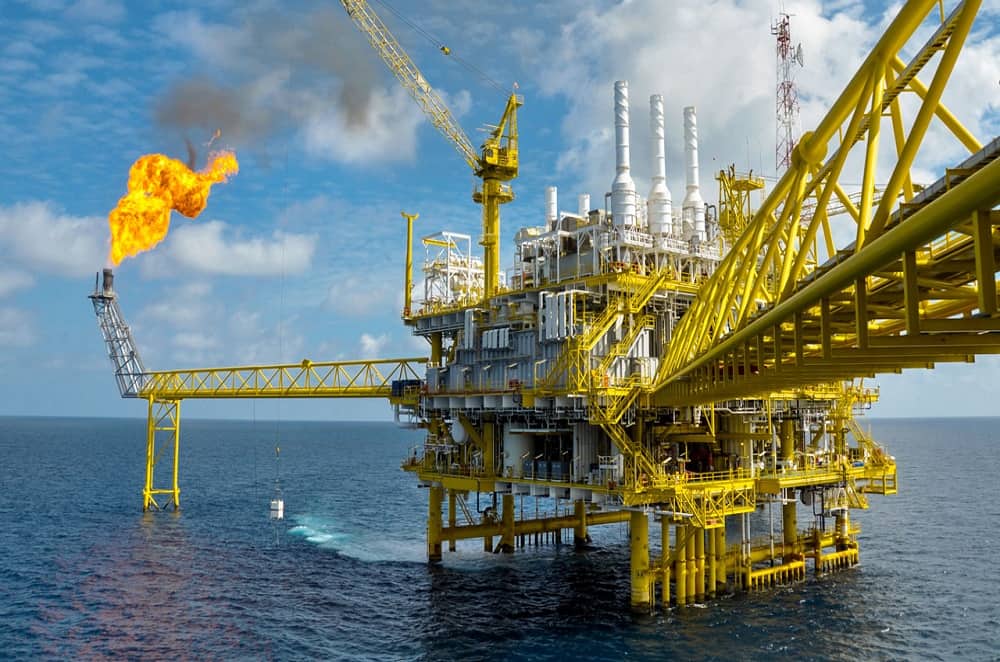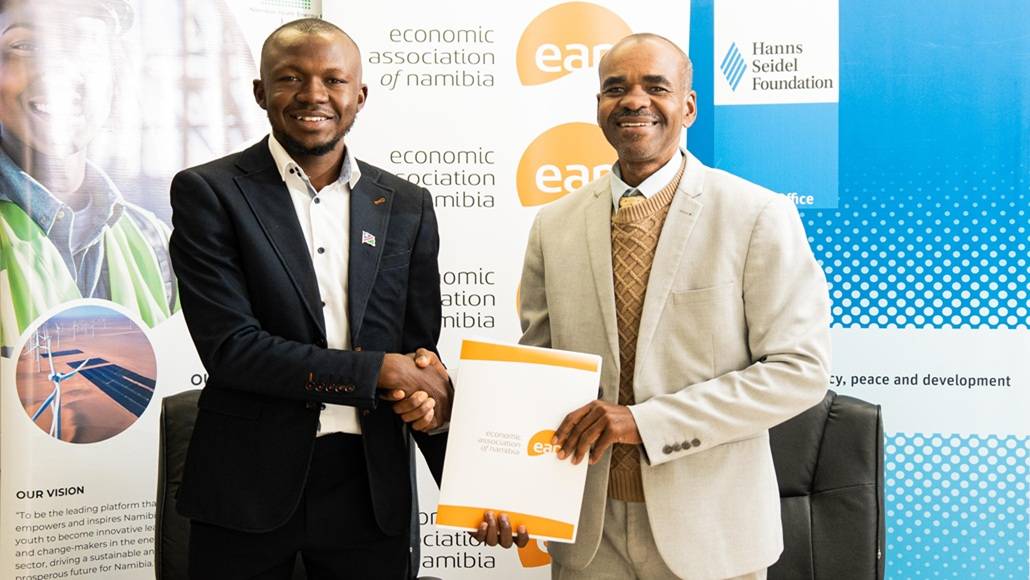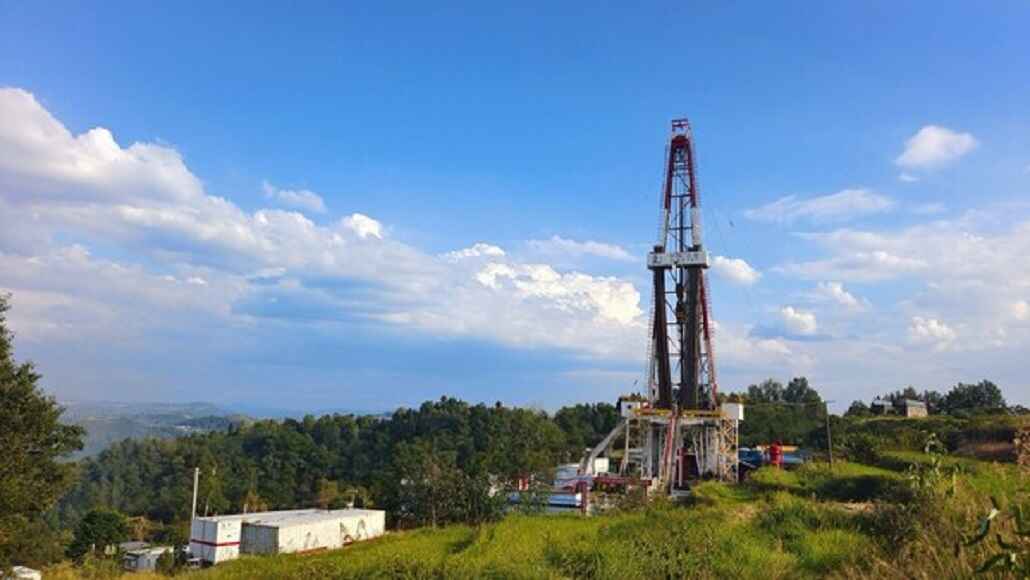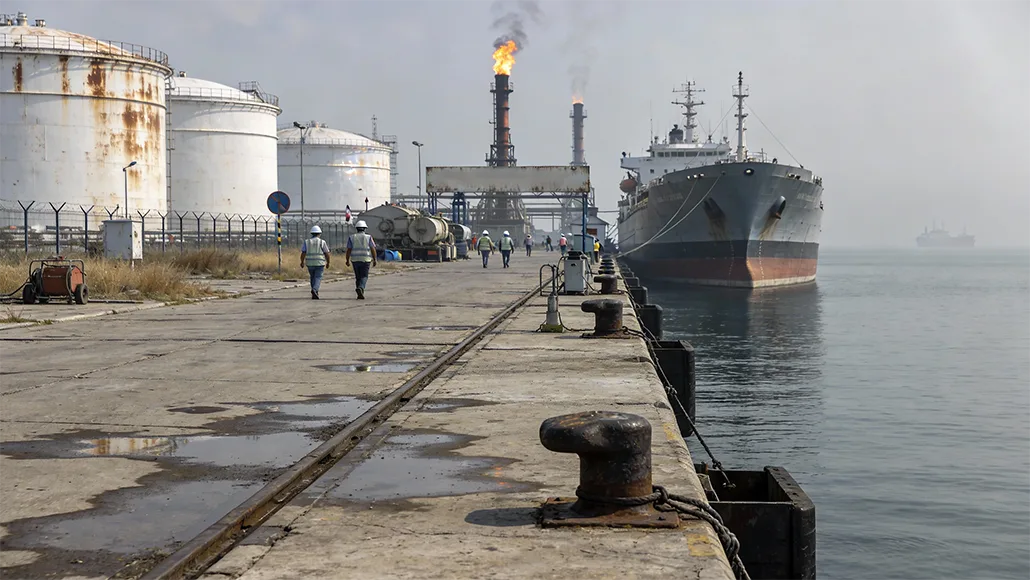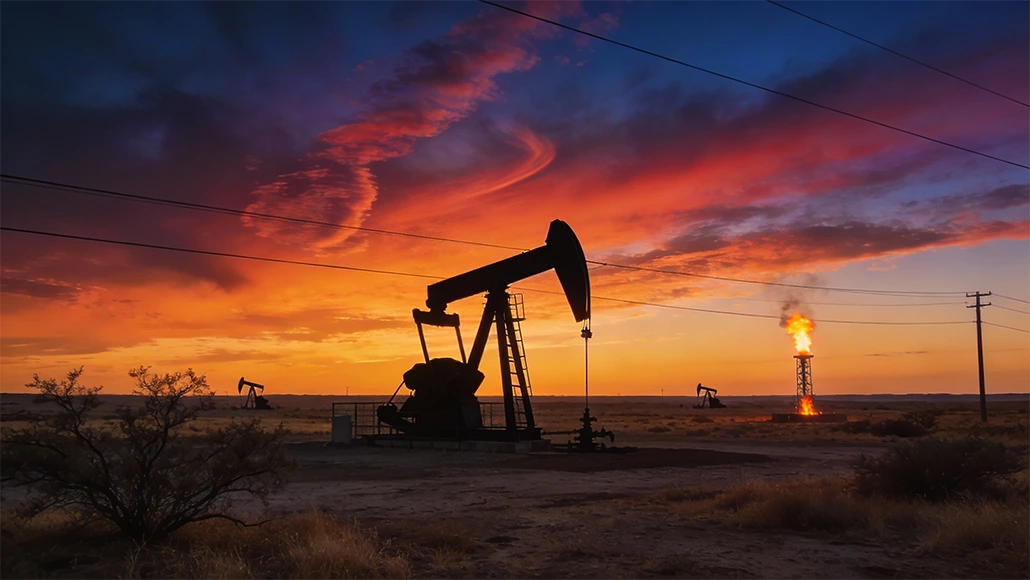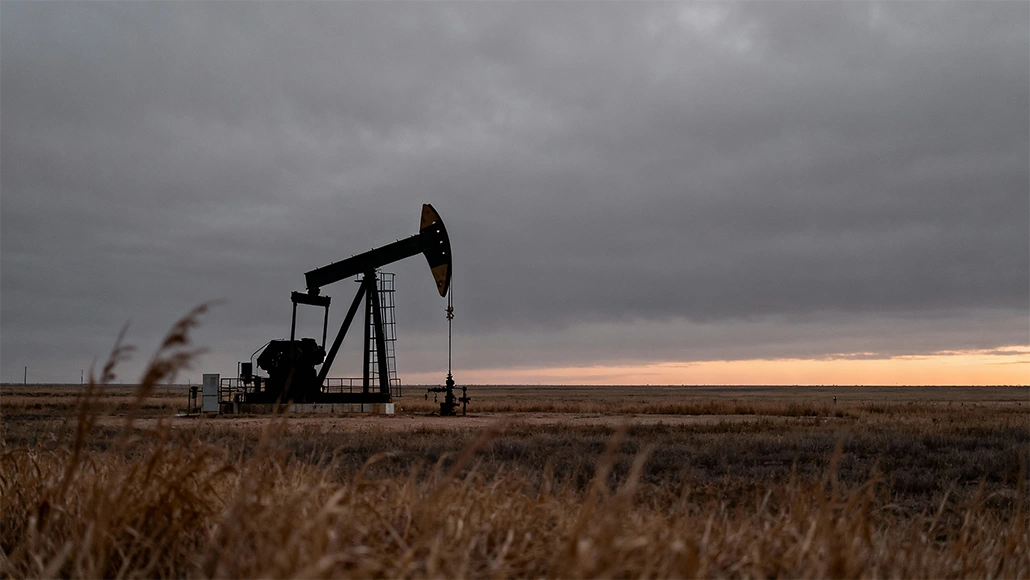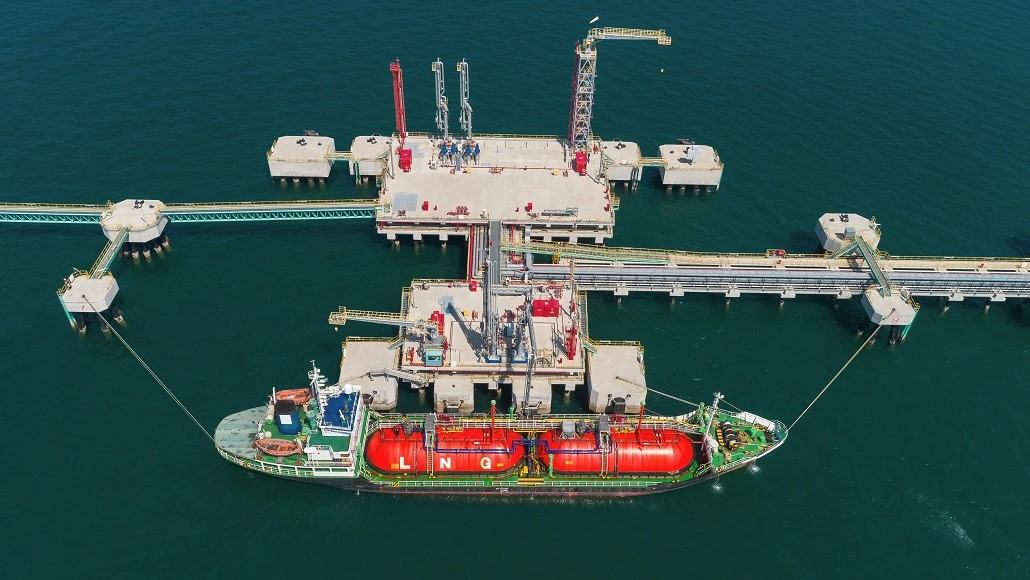After a decade of a promised boom within the liquefied natural gas sector that failed to materialize, Canada has again arrived at the starting line, taking into account some aspirations so as to become a major LNG player.
It is well to be noted that it is long awaited. The LNG Canada project is now up and running, and there are six more projects in numerous stages in terms of development. If all of them happen to get through, together, they would represent almost $109 billion when it comes to the capital investment, as per Natural Resources Canada.
This comes in the middle of a renewed political appetite in order to build major infrastructure, throttle the Canadian economy, and also diversify exports away from the US. However, the US still happens to lead Canada by a wide margin as an LNG exporting superpower, and even if all the projects that are at present under development end up being built, Canada will have already missed the chance of becoming a major player. According to the vice chair of the Americas at Wood Mackenzie, Ed Crooks, it is not possible that Canada is ever going to be an LNG exporting superpower. However, according to him, the country has immense room in order to ramp up its capacity to export.
One of the proposed facilities happens to be in a small fishing community, which is around 800 km north of Vancouver. It is well to be noted that Nisha’s community of Gongolx, which has a population of roughly 500, is also known as a seafood capital of the Nass River. In the coming years, it could have a very conspicuous new neighborhood in the form of Ksi Lisims LNG, which is a floating terminal that is going to export LNG to Asia.
Apparently, the project happens to be proposed by the Nisga’a nation of B.C. in collaboration with Rockies LNG, which is a group of Western Canadian natural gas producers, and also Western LNG, which happens to be a Houston-based company that goes on to develop LNG export facilities. According to Eva Clayton, who is the elected president of the Nisga’a Nation, all this in one word means prosperity.
Clayton says that the nation has gone through certain trenches in the past 10 years so as to get the project off the ground and is hopeful to make the final investment in the latter half of 2025.
It is well to be noted that Ksi Lisims happens to be among seven proposed LNG projects at numerous stages of development. Most of them have indigenous ownership or collaborations, which is indeed a major shift as compared to the projects that were proposed 10 years back.
The fact is that at that time, a few dozen LNG projects were already proposed in B.C., which were a part of an initial wave of interest within the industry. The majority of those projects went on to get canceled due to a variety of reasons, like regulatory hurdles and also the crash in commodity prices.
The US only started ramping up its LNG exports somewhere in 2016. However, since then it has continued to build so as to become the largest exporter of LNG in the world. Some experts go on to say that the diverging outcomes happen to speak to the level of policy uncertainty and even that companies in this country have to be with it. According to Crooks, one of the fundamental issues has been that it’s been very challenging to go ahead and build any kind of energy infrastructure across Canada.
He adds that anything one tries and builds, there are a lot of people who happen to have objections. He said this while pointing to community groups as well as environmental activists who raise concerns with either the broader ecological effect of a project or a specific location.
However, times may as well be changing.
It is well to be noted that Ottawa, along with B.C. and Ontario, has already passed legislation that aims at speeding up major projects, although there has been opposition. Public polling goes on to suggest that Canadians are becoming more comfortable with the idea of coming up with new infrastructure such as pipelines. Demand for natural gas is anticipated to grow between 70 and 80% by 2050, as per Wood Mackenzie. All thanks to a variety of factors that range from the growing population of the world to the power demand coming from AI data centers, as well as air conditioning to even the role of natural gas as an alternative choice to coal.
Canada happens to have significant natural reserves. And the northwest coast of B.C. happens to offer a quick as well as secure route to markets across Asia.
Apparently, the US happens to be eyeing the same opportunity. While much of the US export facilities happen to be located on the Gulf Coast, one proposed $50 billion mega-project happens to be located in Alaska. The White House is already backing the project, which is by including almost $30 billion in terms of loan guarantees.
According to Martin King, who happens to be a Calgary-based analyst with RBN Energy, this could certainly be a major competitor for Canada’s West Coast projects.
The director of energy, natural resources, and environment at the MacDonald Laurier Institute, Heather Exner-Pirot, says that the Alaska project does face some kind of logical challenges. Because of where the resources are located, it would require a longer pipeline traversing the terrain, and materials and even equipment and labor would have to be transported to certain isolated areas, thereby driving up the costs.
Still, she goes on to say that the project could very well present a pretty compelling case to the investors. She adds that Alaska really wants it, and apparently all the levels of government are already aligned. There is the secretary of energy, the governor of Alaska, and everyone is getting together and saying that they want the investment and they’re going to build it fast and they’re going to be a reliable exporter.
The conservative MP for Skeena-Bulkley Valley, Ellis Ross, is not convinced with the present political momentum when it comes to building major projects that are going to translate into success.
According to Ross, this is all rhetoric. He does not think that this government is truly sincere when it comes to turning Canada into a superpower in energy, let alone fast-tracking certain major projects.
There are others who are also concerned that the country is going in the wrong direction, green-lighting projects without even completely considering the environmental consequences. The community of Kisipiox, which is around 300 km from the Skeena River, happens to be known as a fishing destination and also boasts of being the steelhead capital of the world.
According to Kolin Sutherland-Wilson, who is the elected chief counsellor of the Kisipiox band, this happens to be one of the rare parts of the world where one can drink from the stream and from the river.
The community also happens to be around 15 km from the Prince Rupert Gas Transmission Line, which would again transport natural gas from northeastern B.C. to the Ksi Lisims project on the coast.
According to Sutherland-Wilson, members are even concerned about the effect on the local watershed as well as the salmon population. While the B.C. government has recently gone on to approve the continued construction of the pipeline, he anticipates that there is going to likely be further protests, and he too happens to be a part of a group that is challenging the approval of the pipeline in the B.C. Supreme Court.
As per him, it is the calm before the storm right now.
It is well to be noted that climate concerns happen to be another variable. Natural gas can help countries to get off coal, but it is still regarded as a fossil fuel. Although when it comes to the pendulum of public discourse, it has gone on to recently swing away from climate change, but it will inevitably swing back, says Crooks at Wood Mackenzie.
All this goes on to mean that Canada has a very narrow window in order to capitalize on the present upswing when it comes to LNG demand. Another analyst with Wood Mackenzie, Dulles Wang, has said that the next 5 to 10 years are going to be indeed very critical as the demand for markets in Asia is anticipated to be more robust. However, beyond that, the story looks a lot hazier because the role when it comes to gas within the energy space is becoming more and more uncertain.
It is worth noting that Clayton, who happens to be with the Nisga’a Nation, remains optimistic when it comes to breaking ground on the LNG project in 2026.
She apparently happens to be eager to witness the first vessel come up the river in order to pick the very first shipment, and this could happen anywhere as early as 2029. According to Clayton, it is indeed going to be amazing, and it is also going to bring a lot of smiles as well as happiness to their people.




